行业资讯
欧盟《一次性塑料指南》的权威问答,生物降解
5月31日,欧盟委员会发布了《一次性塑料制品指南》,并且进行了问答释疑。指南明确禁止了所有的氧化降解塑料,但对生物可降解塑料是否被禁止的问题,SUP指令、指南、答疑三份文件都没有明确的禁止信号,而且计划在2022年制定政策框架和建立应用的标准。
根据SUP指令,生物可降解/生物基塑料被认为是塑料。目前,还没有广泛商定的技术标准来证明特定塑料产品在短时间内在海洋环境中适合生物降解,且不会对环境造成损害。由于这是一个快速发展的领域, 2027年欧盟委员会对指令的审查将包括有关生物降解标准的科学和技术进展的评估适用于一次性塑料产品的海洋环境。
在新的循环经济行动计划的背景下,委员会计划在 2022年制定一个使用可生物降解或可降解塑料的 政策框架, 该框架基于这类塑料可能有益于环境进行评估,和这类塑料应用的标准。
一次性塑料规则指南的问答
2021年5月31日,布鲁塞尔
1、一次性塑料(SUP)指令及其应用指南的主要目标是什么?
2019年6月通过了关于一次性塑料的指令(EU第2019/904号),旨在防止和减少某些塑料产品对环境,特别是水生环境和人类健康的影响,并通过创新和可持续的商业模式促进产品和材料向循环经济的过渡。该指令应转化为国家法律,并自2021年7月3日起实施。
今天通过的《一次性塑料指南》将有助于正确和协调地应用本指令的关键部分,特别是关于塑料的定义、全部或部分由塑料制造的一次性塑料产品的定义,以及本指令所涵盖的不同项目。
有了这一指令,欧盟就站在了全球打击海洋垃圾的前沿。该指令是欧盟委员会塑料战略和循环经济行动计划的一个基本要素,因为它刺激了可持续替代品的生产和使用,避免海洋垃圾。它也有助于零污染行动计划,并解决了对欧洲公民更具可持续性的问题。
2、为什么欧盟要处理塑料垃圾?
超过80%的海洋垃圾都是塑料制造的。塑料在欧盟和世界各地的海洋、海洋和海滩上积累。塑料残留物对海洋生物和生物多样性有害,在海洋物种中发现,如海龟、海豹、鲸鱼和鸟类,也存在于鱼类和贝类中,最后进入人类食物链。
塑料是一种方便、有用和有价值的材料,但我们需要以不同的方式使用它们。当塑料被丢弃时,会对环境造成破坏,并对我们的经济产生负面影响,包括材料的经济价值损失、清理成本以及旅游业、渔业和航运业的损失。通过欧洲绿色协议,欧盟正在创造一种循环经济,让塑料以更可持续的方式使用、再利用和再循环,而不会产生废物或污染。
3、在SUP指令下,对塑料和一次性塑料产品的定义是什么?
根据该指令,塑料的定义包括由聚合物组成的材料,其中可以添加添加剂或其他物质,并且可以作为最终产品的主要结构成分,但未经化学改性的天然聚合物除外。该指令免除了油漆、油墨和粘合剂的责任。该指南进一步明确了“天然聚合物”和“化学改性”两个术语,以确保整个欧盟一致实施。
一次性塑料产品包括全部或部分由塑料制成的产品,通常只使用一次或短时间使用即丢弃。它们的目标是通过创新和可持续的商业模式、产品和材料,实现保护环境和促进向循环经济过渡的目标。
4、是否包括可生物降解的塑料?
根据SUP指令,生物可降解/生物基塑料被认为是塑料。目前,还没有广泛商定的技术标准来证明特定塑料产品在短时间内在海洋环境中适合生物降解,且不会对环境造成损害。
由于这是一个快速发展的领域,2027年对指令的审查将包括有关生物降解标准的科学和技术进展的评估适用于一次性塑料产品的海洋环境。
在新的循环经济行动计划的背景下,委员会计划在 2022年制定一个使用可生物降解或可降解塑料的政策框架,该框架基于这类塑料可能有益于环境进行评估,和这类塑料应用的标准。
5、带有塑料内衬或涂层的纸基产品,是否被视为该指令下的一次性塑料产品?
该指令明确规定,其适用范围包括全部或部分由塑料制成的一次性产品。加入带有塑料衬里或涂层的一次性纸基产品符合该指令的主要目标,即减少塑料垃圾,促进防止废物是最重要的循环经济。当这种塑料内衬里和涂布的杯子、食品容器或盘子散落时,纸张可能溶解速度相对较快,但塑料部分可能在环境中停留多年,可能进一步分解成微塑料。
如果这些产品不在该指令的范围内,这将大大削弱其对减少海洋垃圾和促进更循环经济的影响,尤其是由于完全由塑料制成的杯子仅被带有塑料衬里或涂层的纸基产品所取代的风险,不改变相关的浪费性消费模式。
6、哪些一次性塑料产品受到新规则的影响?
到今年7月3日,成员国必须采取措施,确保某些一次性塑料产品不能再进入欧盟市场。这些产品是市场上可以负担得起的替代品:棉芽棒、餐具、盘子、吸管、搅拌器、气球棒,以及由发泡聚苯乙烯制成的杯子、食品和饮料容器,以及所有由氧化降解塑料制成的产品。其他一次性塑料产品,如渔具和湿巾,决定了其他措施,例如通过标签要求、生产者责任扩大计划(“污染者付费原则”)、宣传运动和产品设计要求,限制其使用、减少其消费和防止乱扔垃圾。
成员国还有义务确保投放在市场上的某些一次性塑料产品在产品或其包装上印有标记,以使消费者了解产品中是否含有塑料以及适当的废物处理方法,包括避免乱扔垃圾的必要性。本要求适用于卫生巾(卫生垫)、卫生棉条和卫生棉条涂抹器、湿巾(即预湿个人护理和家用湿巾)、与烟草产品一起使用的带过滤器的烟草产品, 以及饮料杯。
此外,成员国必须采取措施,防止和清理食品容器、饮料容器、包装袋和包装物、饮料杯、轻型塑料运输袋、湿巾、气球、带有过滤器的烟草制品以及销售的与烟草制品结合使用的过滤器,以及渔具中的垃圾。
7、这些产品应如何进行标记?
某些一次性塑料产品的标记将必须遵循委员会2020年12月17日制定的实施条例——欧盟第2019/904号指令附件D部分所列一次性塑料制品的统一标记规范。
可以在该指令中找到,在实施条例的附件 I 至 IV 中出现的矢量化象形图。
8、为什么SUP指令会专门涉及渔具?
与渔业相关的物品对海洋垃圾做出了重大贡献,占在海滩上发现的塑料垃圾的27%。修订后的《港口接待设施指令》 取消了将渔具带上岸的经济处罚,从而阻止在海上倾倒渔具。SUP指令确保了一旦上岸,它就会得到适当的处理。
根据“污染者付费”的原则,SUP指令规定了生产者的延伸责任。这意味着,渔具的生产者将负责收集渔具,并对环境负责地处理渔具,包括破损和报废的渔具,以及在捕鱼作业中捕捞丢失的渔具。
从2022年起,成员国有义务报告市场上投放的含有塑料的渔具和海上收集的渔具。
9、为什么会员国必须报告市场上含有塑料的渔具和收集的废渔具?
SUP指令提供了一种简单、统一和一致的报告方式。它将允许将投放市场的渔具数量与收集的渔具数量进行比较。它将使回收企业清楚地看到机会,并为欧盟委员会今后制定具有约束力的欧盟回收目标提供必要的投入。
10、新冠肺炎危机对一次性塑料产品的使用有什么影响?
某些一次性塑料制品在当前的流行病中,特别是在卫生、食品和食品服务部门,具有关键和实际的作用。SUP指令不包括个人防护设备,如一次性口罩或手套,这些设备的使用量和环境中的垃圾量都因对抗新冠病毒大流行而增加。尽管如此,此类废物属于欧盟废物立法(关于废物的第2008/98/EC号指令)中更为一般的规定,这些规定要求进行适当的废物管理,并禁止乱扔垃圾。
成员国在采取措施转移和实施该指令时,必须遵守欧盟食品法,以确保食品卫生和食品安全不受损害,并在可能的情况下,鼓励对拟与食品接触的材料使用一次性塑料的可持续替代品。然而,根据SUP指令,一次性替代品仍然是一种选择,因为相关一次性塑料产品(特别是食品容器)仍然允许投放市场,同时其总消费量将减少。在无法保证多用途产品的安全和卫生的情况下,这一点尤为重要。
European Commission - Questions and answers
Questions & Answers - Guidance on the application of Single-Use Plastic rules
Brussels, 31 May 2021
What is the main objective of the Single-Use Plastics (SUP) Directive and the Guidelines on its application?
Directive (EU) 2019/904on single-use plastics was adopted in June 2019 with the aim to prevent and reduce the impact of certain plastic products on the environment, in particular the aquatic environment, and on human health, as well as to promote the transition to a circular economy with innovative and sustainable business models, products and materials. The Directive should be transposed into national law and applied as of 3 July 2021.
The Guidelines on single-use plastic rules adopted today will facilitate a correct and harmonised application of the key parts of the Directive, in particular, on the definition of plastic, of single-use plastic products made wholly or partly of plastic, and the different items covered by the Directive.
With this Directive the EU is at the forefront of the global fight against marine litter. The Directive is an essential element of the Commission's Plastics Strategyand the Circular Economy Action Plan as it stimulates the production and use of sustainable alternatives that avoid marine litter. It also contributes to the Zero Pollution Action Planand addresses the concerns for more sustainability of European citizens.
Why is the EU tackling plastic litter?
More than 80% of marine litter items are plastics. Plastic accumulates in seas, oceans and on beaches in the EU and worldwide. Plastic residues are harmful to the marine life and biodiversity and are found in marine species – such as sea turtles, seals, whales and birds, but also in fish and shellfish, and finally in the human food chain.
Plastics are a convenient, useful and valuable material, but we need to use them differently. When littered, plastics cause environmental damage and negatively impacts our economy, both in terms of lost economic value in the material, and the costs of cleaning up and losses for tourism, fisheries and shipping. With the European Green Deal, the EU is creating a circular economy where plastics are used in more sustainable ways, re-used and recycled, without creating waste or pollution.
What is the definition of plastic and single-use plastic products under the SUP Directive?
Under the Directive, the definition of plastic includes materials consisting of a polymer to which additives or other substances may have been added, and which can function as a main structural component of final products, with the exception of natural polymers that have not been chemically modified. The Directive exempts paints, inks and adhesives. The Guidelines further clarify especially the terms ‘natural polymer' and ‘chemical modification' to ensure a consistent implementation across the EU.
Single-use plastic products cover products that are made wholly or partly of plastic and are typically intended to be used just once or for a short period of time before they are thrown away. They are targeted in order to achieve the objectives of protecting the environment and promoting the transition to a circular economy with innovative and sustainable business models, products and materials.
Is biodegradable plastic included?
Biodegradable/bio-based plastics are considered to be plastic under the SUP Directive. Currently, there are no widely agreed technical standards available to certify that a specific plastic product is properly biodegradable in the marine environment in a short timeframe and without causing harm to the environment.
As this is a fast developing area, the review of the Directive in 2027 will include an assessment of the scientific and technical progress concerning criteria or a standard for biodegradability in the marine environment applicable to single-use plastic products. In the context of the new Circular Economy Action Plan, the Commission plans to develop in 2022 a policy framework on the use of biodegradable or compostable plastics, based on an assessment of the applications where such use can be beneficial to the environment, and of the criteria for such applications.
Are paper-based products with plastic lining or coating considered single-use plastic products under the Directive?
The Directive explicitly specifies that its scope covers single-use products made wholly or partly from plastic. The inclusion of single-use paper-based products with plastic lining or coating is in line with the main objectives of the Directive to reduce plastic litter and promote a more circular economy where waste prevention is paramount. Where such plastic-lined and coated cups, food containers or plates are littered, the paper may dissolve relatively fast, but the plastic part may remain in the environment for many years, potentially further disintegrating into micro-plastics.
If these products were not under the scope of the Directive, this would have considerably weakened its impact on reducing marine litter and promoting a more circular economy, not the least due to the risk of cups made entirely from plastic being merely substituted by paper-based products with plastic linings or coatings, without changing the related wasteful consumption patterns.
Which single-use plastic products are affected by the new rules?
By 3 July this year, Member States must have in place measures to ensure that certain single-use plastic products can no longer be placed on the EU market. Those are selected products for which affordable alternatives exist on the market: cotton bud sticks, cutlery, plates, straws, stirrers, balloons sticks, as well as cups, food and beverage containers made of expanded polystyrene and all products made of oxo-degradable plastic. For other single-use plastic products, such as fishing gear and wet wipes, other measures were decided, such as limiting their use, reducing their consumption and preventing littering through labelling requirements, extended producer responsibility schemes (“polluter pays principle”), awareness campaigns and product design requirements.
Member States are also obliged to ensure that certain single-use plastic products placed on their market bear a marking on the product or its packaging to make consumers aware about the presence of plastic in the product and the appropriate waste disposal method, including the need to avoid littering. This requirement applies to sanitary towels (pads), tampons and tampon applicators, wet wipes (i.e. pre-wetted personal care and domestic wipes), tobacco products with filters and filters marketed for use in combination with tobacco products, and cups for beverages.
In addition, Member States must take steps to prevent and clean up litter from food containers, beverage containers, packets and wrappers, cups for beverages, lightweight plastic carrier bags, wet wipes, balloons, tobacco products with filters and filters marketed for use in combination with tobacco products, as well as fishing gear.
How should the products be marked?
The marking of certain single use plastic products will have to follow the rules laid down by the Commission Implementing Regulation, of 17 December 2020, on harmonised marking specifications on single-use plastic products listed in Part D of the Annex to Directive (EU) 2019/904.
The vectorised pictograms in the order they appear in the Annexes I to IV of the Implementing Regulation, in all official languages of EU Member States and Gaelic can be found here.
Why does the SUP Directive specifically deal with fishing gear?
Fishing-related items make a significant contribution to marine litter, representing 27% of plastic litter items found on beaches. The revised Port Reception Facilities Directive discourages dumping fishing gear at sea by removing financial penalties for bringing it ashore. The SUP Directive ensures that once ashore, it is properly dealt with.
In line with the ‘polluter-pays' principle, the SUP Directive imposes extended producer responsibility. This means that the producers of the gear will be responsible for the collection and environmentally responsible disposal of the gear including broken and end-of-life gear, as well as lost gear fished up during fishing operations.
From 2022, Member States will be obliged to report on fishing gear containing plastic placed on the market and fishing gear collected at sea.
Why do Member States have to report on fishing gear containing plastic placed on the market and waste fishing gear collected?
The SUP Directive provides a simple, uniform and consistent way of reporting. It will allow to compare the number of fishing gear placed on the market to be compared with those collected. It will give the recycling business a clear view of the opportunities and provide the necessary input for the Commission to establish binding EU collection targets in the future.
What was the impact of COVID crisis on the use of single-use plastic products?
Certain single-use plastic products have a critical and practical role in the current pandemic, especially in the health, food and food service sector. The SUP Directive does not cover personal protection equipment like single-use face masks or gloves that have increased in use and in litter in the environment due to the efforts to fight the COVID pandemic. Nonetheless, such waste falls under more general provisions of EU waste legislation (Directive 2008/98/EC on waste), which require proper waste management and prohibit littering.
In their measures to transpose and implement the Directive, Member States must comply with EU food law to ensure that food hygiene and food safety are not compromised, and encourage the use of sustainable alternatives to single-use plastic, where possible, for materials intended to come into contact with food. However, single-use alternatives remain an option also under the SUP Directive as the single-use plastic products concerned (in particular food containers) are still allowed to be placed on the market, while their overall consumption is to be reduced. This is particularly relevant in cases where the safety and hygiene of multiple-use products cannot be guaranteed.
来源;生物降解材料研究院
目前尚未有海洋环境可降解塑料!解读欧盟新出台的一次性塑料用品指导意见
提要:近日,欧盟委员会就欧盟一次性塑料用品的指令(the Single-Use Plastics (SUP) Directive,下称“SUP指令”)出台了指导意见(下称“指导意见”),并通过一项关于监测和报告投放在市场上的渔具和废弃渔具收集的执行规定。
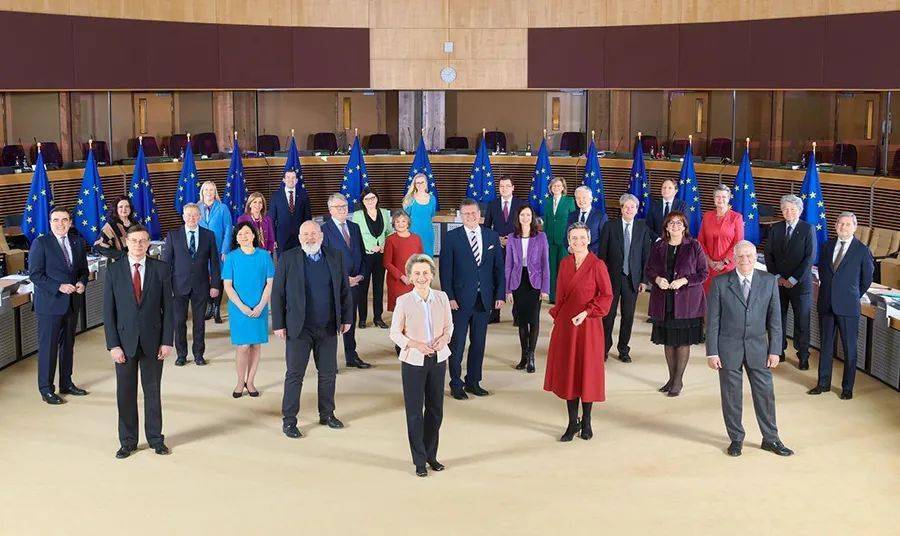
欧盟委员会
这些指导意见旨在减少一次性塑料产品和渔具产生的海洋垃圾,并通过创新和可持续的商业模式、产品和材料来促进向循环经济发展。
该指导意见指出,根据2019年欧盟发布的一次性塑料的相关规定,从今年7月3日起,欧盟成员国必须确保某些一次性塑料产品不再投放欧盟市场。
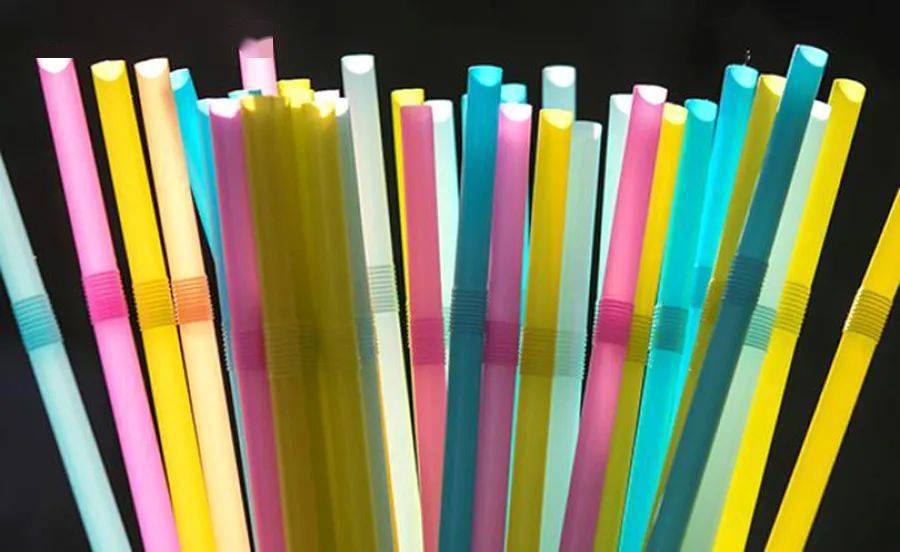
对于其他塑料产品,如渔具、一次性塑料袋、瓶、饮料和即食使用的食品容器、包装袋和包装物、烟草过滤器、卫生用品和湿巾,适用于不同的措施。这些措施包括通过标签要求、扩大生产者责任计划(“污染者付费原则”)、提高认识运动和产品设计要求,限制它们的使用、减少它们的消费和防止乱扔垃圾。
明确关键术语定义
根据SUP指令,塑料的定义包括由聚合物组成的材料,其中可能添加了添加剂或其他物质,并且可作为终端产品的主要结构成分,但未经化学改性的天然聚合物除外。
SUP指令豁免了油漆、油墨和粘合剂。指导意见则进一步明确了“天然聚合物”和“化学改性”这两个术语,以确保在整个欧盟得到一致的实施。
指导意见强调,一次性塑料产品包括全部或部分由塑料制成的产品,通常只使用一次或短暂使用后就被丢弃。
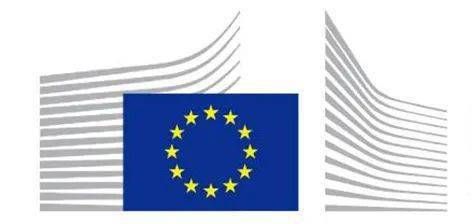
目前尚未有被认可的海洋环境可降解塑料
根据SUP指令,可生物降解/生物基塑料被认为是塑料。目前,还没有广泛商定的技术标准来证明一种特定的塑料产品能够在短时间内在海洋环境中适当地生物降解,并且不会对环境造成损害。
由于生物降解塑料是一个快速发展的领域,指导意见指出2027年对规定的审查将包括对有关适用于一次性塑料产品的海洋环境生物降解性标准或标准的科学和技术进展的评估。
在新循环经济行动计划的推动下,欧盟委员会计划在2022年制定一个关于使用可生物降解或可堆肥塑料的政策,其基础是对可生物降解或可堆肥塑料对环境有益的应用以及此类应用的标准的评估。
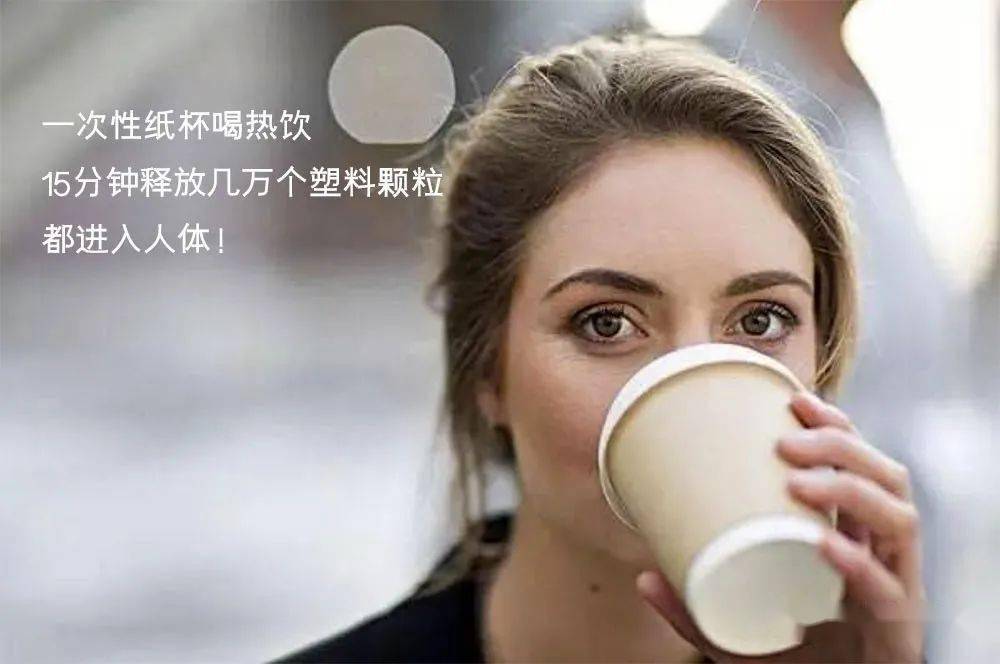
塑料衬里或涂层纸基产品也适用
SUP指令认为带有塑料衬里或涂层的一次性纸基产品属于一次性塑料产品。当这种塑料内衬和涂层的杯子、食品容器或盘子散落时,纸张可能会较快地溶解,但塑料部分可能会在环境中停留多年,有可能进一步分解成微塑料。
如果这些产品不列入该规定的适用范围,这将大大削弱其对减少海洋垃圾和促进更循环经济的影响,尤其是完全由塑料制成的杯子仅被带有塑料衬里或涂层的纸基产品所取代,这并不能从根本上改变一次性塑料产品的消费模式。
扩大生产者责任计划至渔具收集
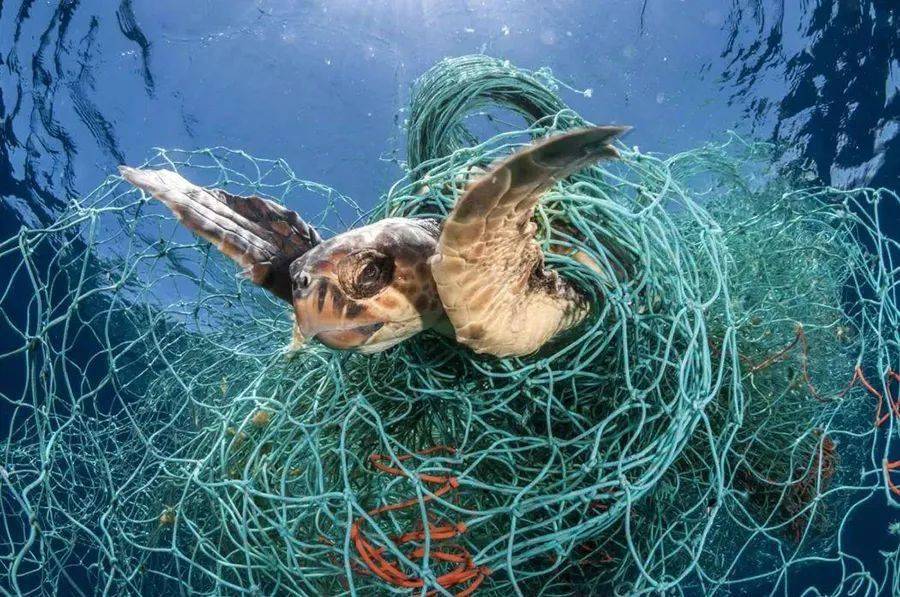
海洋垃圾中,与捕鱼有关的物品占比较大,几乎占据了海滩上发现的塑料垃圾的27%。修订后的《港口接收设施指令》取消了将渔具带上岸的经济处罚,从而阻止在海上倾倒渔具。SUP指令确保渔具一旦上岸,就得到妥善处理。
这意味着渔具的生产者将负责收集渔具,并对环境负责的处理渔具,包括破损和报废的渔具,以及在捕鱼作业中捕捞的丢失渔具。

指导意见强调,从2022年起,成员国有义务报告市场上投放的含有塑料的渔具和海上收集的渔具。这将有利于将投放市场的渔具数量与收集的渔具数量进行比较。它将使回收企业清楚地看到机会,并为欧盟委员会今后制定具有约束力的欧盟回收目标提供必要的投入。
( 附欧盟全文)循环经济:关于一次性塑料的新规定
新闻稿2019 年 5 月 21 日布鲁塞尔
循环经济:委员会欢迎理事会最终通过关于一次性塑料的新规则以减少海洋塑料垃圾
欧盟理事会今天通过了委员会提出的雄心勃勃的措施,以解决欧洲海滩上最常见的 10 种一次性塑料产品以及废弃渔具和可氧化降解塑料产生的海洋垃圾。
一次性塑料制品和渔具的规则设想了适用于不同产品的不同措施,并将欧盟置于全球打击海洋垃圾的前沿。在替代品容易获得且价格合理的情况下,一次性塑料产品将被禁止进入市场,例如餐具、盘子和吸管。对于其他产品,重点是通过全国减少消费来限制其使用;关于设计和标签要求;以及生产者的废物管理/清理义务。
负责可持续发展的第一副总统弗兰斯·蒂默曼斯说:“欧洲社会越来越迫切地意识到要尽一切努力阻止我们海洋中的塑料污染。欧盟正在响应我们公民的这一明确呼吁。我们采取了雄心勃勃的措施,采取具体措施减少一次性塑料的使用。今天通过的新规则将帮助我们保护人民的健康和自然环境,同时促进更可持续的生产和消费。我们可以欧洲正在制定雄心勃勃的新标准,为世界其他地区铺平道路,让所有人都感到自豪。”
负责就业、增长、投资和竞争力的副总裁于尔基·卡泰宁(Jyrki Katainen)补充说:“在现代经济中,我们必须减少塑料垃圾的数量,并确保我们回收大部分使用的塑料。更具创新性和可持续性的生产方式将为欧洲企业带来新机遇,提高其竞争力、增长和创造就业机会。一旦实施,新规则不仅将解决塑料污染问题,而且将使欧盟成为更可持续塑料政策的世界领导者,从而推动我们的发展,循环经济。”
环境、海事和渔业专员 Karmenu Vella总结道:“塑料吸管或叉子是小物件,但可以造成巨大、持久的损害。一次性塑料立法将解决 70% 的海洋垃圾项目,避免环境破坏否则到 2030 年将耗资 220 亿欧元。欧盟已经根据委员会一年前提出的一项提案快速有效地交付。总而言之,这是欧洲立法的最佳状态——响应大众需求,造福地球及其居民,并真正引领世界。”
新规则是相称的,并且是为获得最佳结果而量身定制的。这意味着不同的措施将适用于不同的产品。新规则将引入:
•一对由塑料制成选择一次性使用产品的禁令针对的替代品在市场上存在:棉签棒,餐具,盘子,吸管,搅拌器,气球棒,以及杯子,食品和饮料容器制成的发泡聚苯乙烯和所有产品均由可氧化降解的塑料制成。
•减少塑料制成的食品容器和饮料杯的消耗量的措施以及某些产品的特定标记和标签。
•扩大生产者责任计划涵盖清理垃圾的成本,适用于烟草过滤器和渔具等产品。
•到 2029 年90%的塑料瓶单独收集目标(到 2025 年为 77%)并引入将瓶盖连接到瓶子的设计要求,以及目标是从 2025 年起将 25% 的回收塑料加入 PET 瓶中,并在从 2030 年起所有塑料瓶。
下一步
欧盟理事会今天的决定将在欧盟官方公报上公布文本。该指令将在发布 20 天后生效。成员国将有两年时间将立法转化为本国法律。
该指令对某些措施的转换日期有不同的规定:
•禁令和标记义务必须在生效两年后实施。
•在指令生效 5 年后,所有容量不超过 3 升的饮料容器的栓盖和盖子应保持连接状态。
•根据产品的不同,生产商延长责任的额外义务必须在 2023 年 1 月至 2024 年 12 月 31 日之间实施。
背景
一次性使用的塑料指令是容克委员会的基本要素循环经济行动计划,是部分欧盟塑料战略-世界上最全面的策略,采用特定的材料,生命周期方法来解决浪费和损坏的塑料垃圾,支持智能、创新和可持续塑料行业的愿景。
该指令采用了与 2015 年成功的塑料袋指令类似的方法,后者带来了消费者行为的快速转变。新措施实施后将带来环境和经济效益,例如:
•避免排放340万吨 CO 2当量。
•避免到 2030 年造成相当于 220 亿欧元的环境破坏。
•预计可为消费者节省 65 亿欧元。
声明:本文涉及商标均为商标所有人拥有全部权利(资料来源:欧盟官网)

